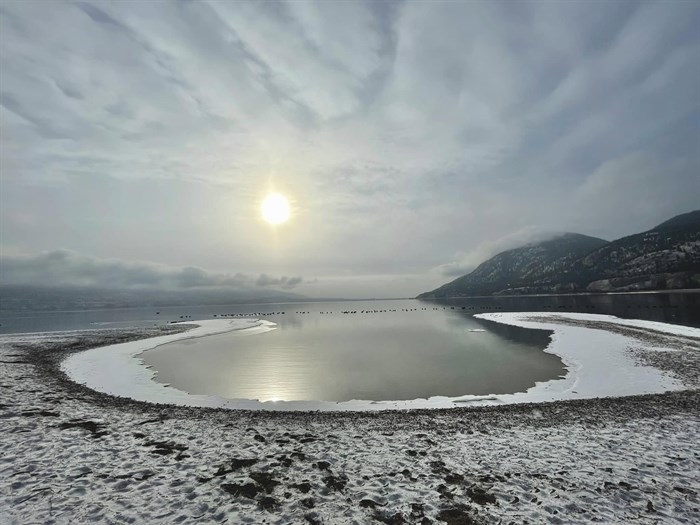
The sun shining through clouds casts a silver light on Okanagan Lake in Summerland on a winter morning.
Image Credit: SUBMITTED/ Facebook/ Jeremy Hiebert
February 24, 2025 - 6:00 AM
The month of February can be a dreary one in Kamloops and the Okanagan when temperatures are low and sunny, blue-sky days are few and far between.
Much of the Southern Interior is prone to a weather phenomenon known as a thermal inversion, or a temperature inversion during the winter months, that results in a thick low-lying cloud cover that hangs over the valleys.
Inversion happens when the temperature of air is cooler at the Earth’s surface and there is warmer air above it, which is a reversal of normal temperature behaviour, according to Britannica.
The inversion cover can trap pollutants, reduce visibility and create fog. It can also moderate temperatures.

The suns rays shine through fog over the Thompson River in Kamloops on a February morning.
Image Credit: SUBMITTED/ Peter Olsen
“If it weren’t for inversions and clouds, we would have much colder nights during fall and winter,” said former meteorologist for Environment Canada Doug Lundquist in a previous interview with iNFOnews.ca.
The Okanagan valley is under an inversion almost all the time in the winter because reduced daytime heating makes it harder for the air to be mixed up.
“Cool night air picks up moisture from the lake and produces a fog bank which rises until it meets a stronger and warmer layer of air, held in place by a high pressure ridge,” Lundquist said.
Most of the cause of inversions in British Columbia is due to cold air draining into the valleys with the sun having less power to break it up during fall and winter.
READ MORE: iN PHOTOS: Canadian flags flying proudly in Kamloops, Okanagan
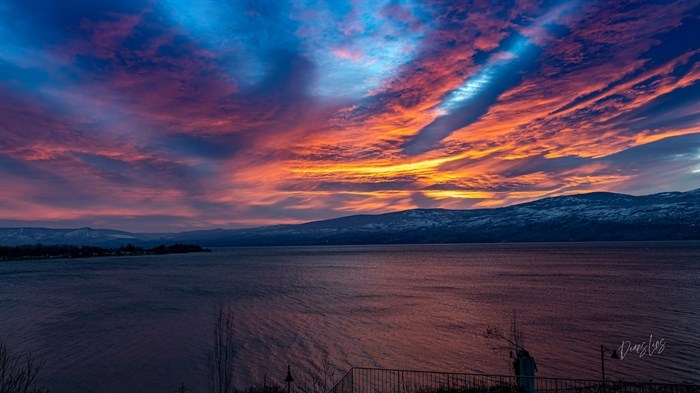
Low lying clouds are lit from the morning sun in West Kelowna in February.
Image Credit: SUBMITTED/ Dean Pratley
The Thompson region is also prone to inversions, with the Shuswap and North Okanagan getting more stratus and low cloud early in the season and later in spring due to a lack of airflow and more lake area in the Shuswap.
Days on end of gloomy overcast weather can be dreary, but some area photographers were able to capture beautiful moments of sunshine pushing through the clouds.
If you have gorgeous sky photos you want to share, send them to news@infonews.ca.
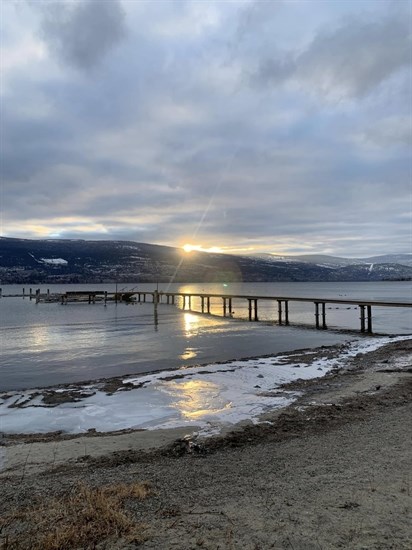
Rays of sunshine peak through clouds in a Summerland sky in winter.
Image Credit: SUBMITTED/ Facebook/ Sylvia Selfridge
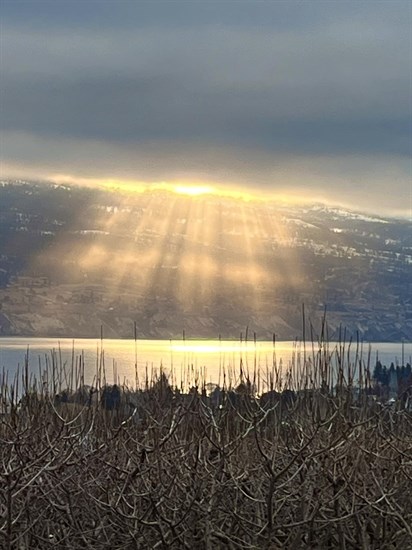
Rays of sunshine pour out from underneath clouds in Summerland.
Image Credit: SUBMITTED /Kathy DeVos
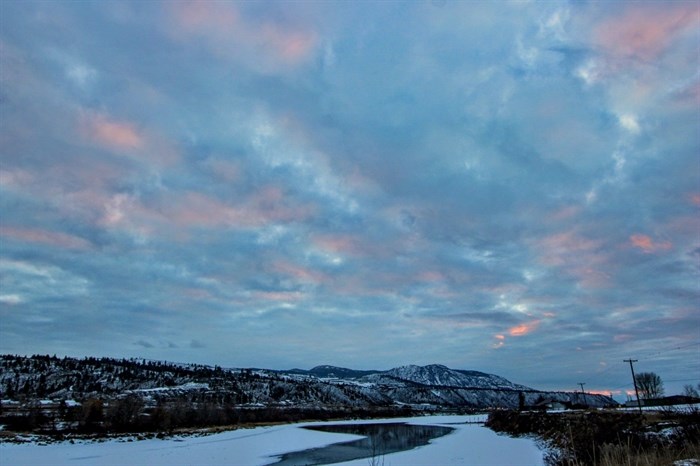
The sky over Kamloops looks like cotton candy on a winter day.
Image Credit: SUBMITTED/ Kevin Palmer
To contact a reporter for this story, email Shannon Ainslie or call 250-819-6089 or email the editor. You can also submit photos, videos or news tips to the newsroom and be entered to win a monthly prize draw.
We welcome your comments and opinions on our stories but play nice. We won't censor or delete comments unless they contain off-topic statements or links, unnecessary vulgarity, false facts, spam or obviously fake profiles. If you have any concerns about what you see in comments, email the editor in the link above. SUBSCRIBE to our awesome newsletter here.
News from © iNFOnews, 2025